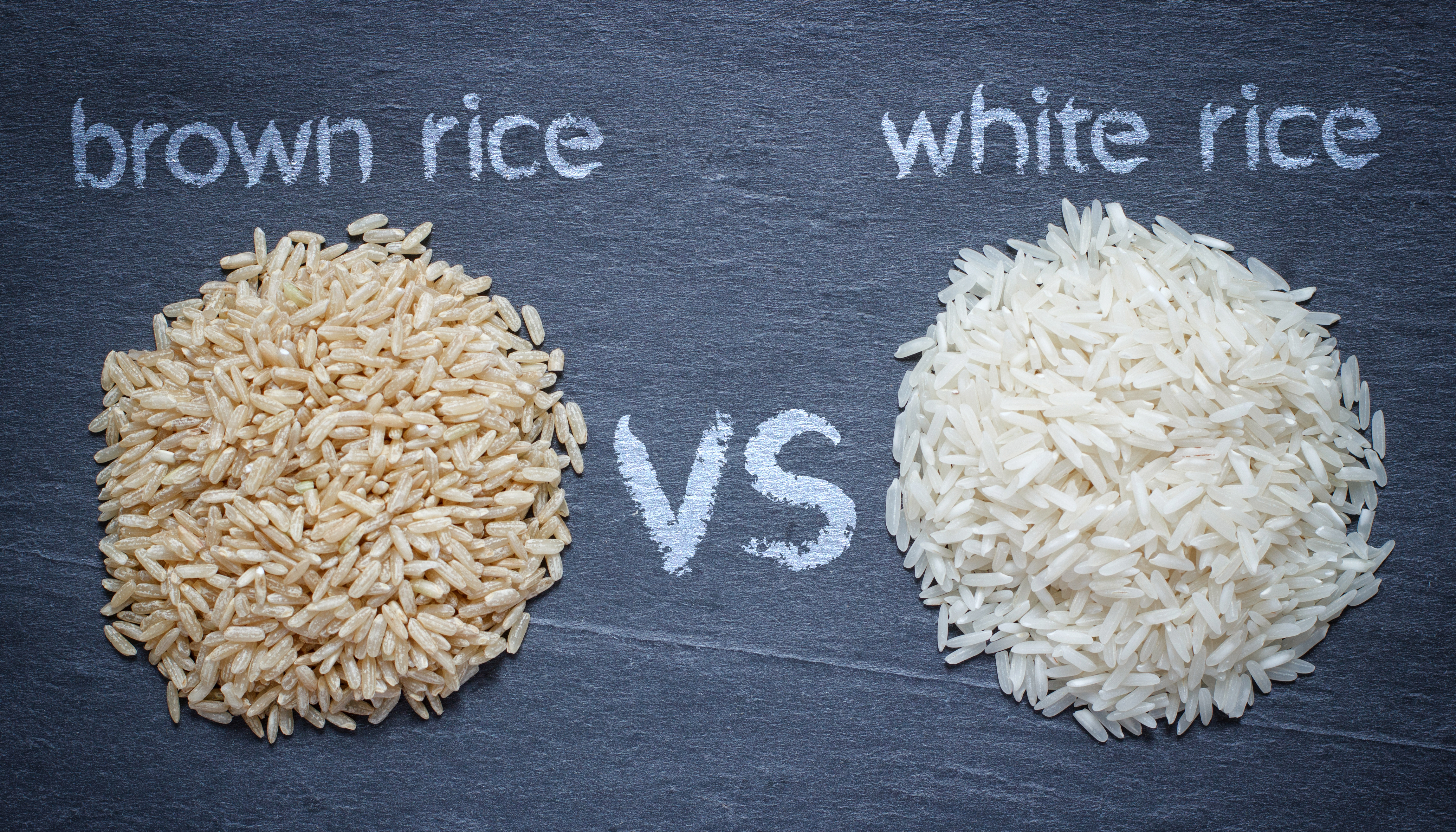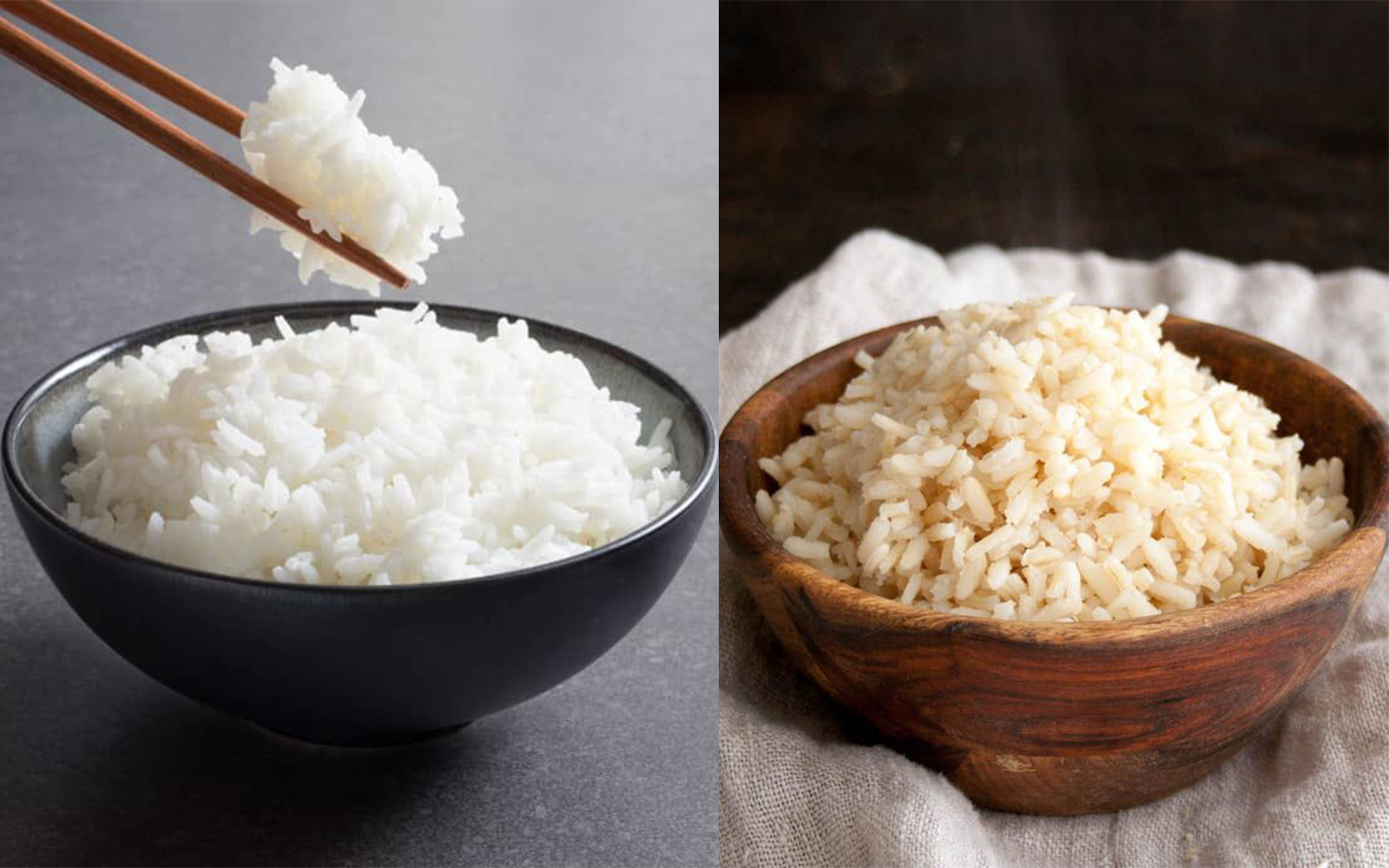
Choosing between brown rice and white rice is a common dilemma when considering health and lifestyle. Both types of rice have their own benefits and drawbacks, which depend on individual preferences and nutritional needs. This brief article will outline the main differences between brown rice and white rice based on their nutritional content, taste, cooking methods, and overall health benefits.

Nutritional Content
The primary difference between brown rice and white rice lies in their processing. Brown rice is a whole grain that retains its bran and germ layers, making it rich in fiber, magnesium, phosphorus, B vitamins, and iron. These nutrients are largely lost during the refining process that turns brown rice into white rice, which is why white rice mainly contains starchy endosperm. In some countries, white rice is enriched with certain vitamins and minerals to compensate for these losses, but it still lacks the fiber and antioxidant compounds found in brown rice.
 Health Benefits
Health Benefits
Brown rice is generally considered healthier due to its higher fiber content and the presence of antioxidants. The fiber in brown rice helps regulate blood sugar levels, making it a better option for individuals with diabetes or those looking to manage their weight. It also supports heart health by lowering cholesterol levels. On the other hand, white rice is easier to digest, which can be beneficial for people with gastrointestinal issues or those who need a quick source of energy. Its refined nature makes it a suitable option for athletes or those requiring fast-digesting carbohydrates.
 Texture and Taste
Texture and Taste
The texture and taste of brown rice and white rice are quite different, which influences people's preferences. Brown rice has a firmer texture and a nutty flavor, which may take some time to get used to, especially if you're accustomed to the softer, fluffier texture of white rice. While brown rice offers a more robust eating experience, it also requires a longer cooking time. In contrast, white rice is known for its soft, fluffy texture and neutral taste, making it a versatile base for many dishes. This softer texture and quicker cooking time contribute to its popularity.
In rice-dependent countries like Myanmar and other parts of Asia, the choice between brown rice and white rice often depends on individual health needs and personal preferences. Both types of rice have their advantages and disadvantages, so it’s important to consider your nutritional requirements, health conditions, and lifestyle when making your choice. Whether you prefer the nutrient-rich profile of brown rice or the convenience and digestibility of white rice, the best choice is one that aligns with your overall dietary needs and preferences.




Comments